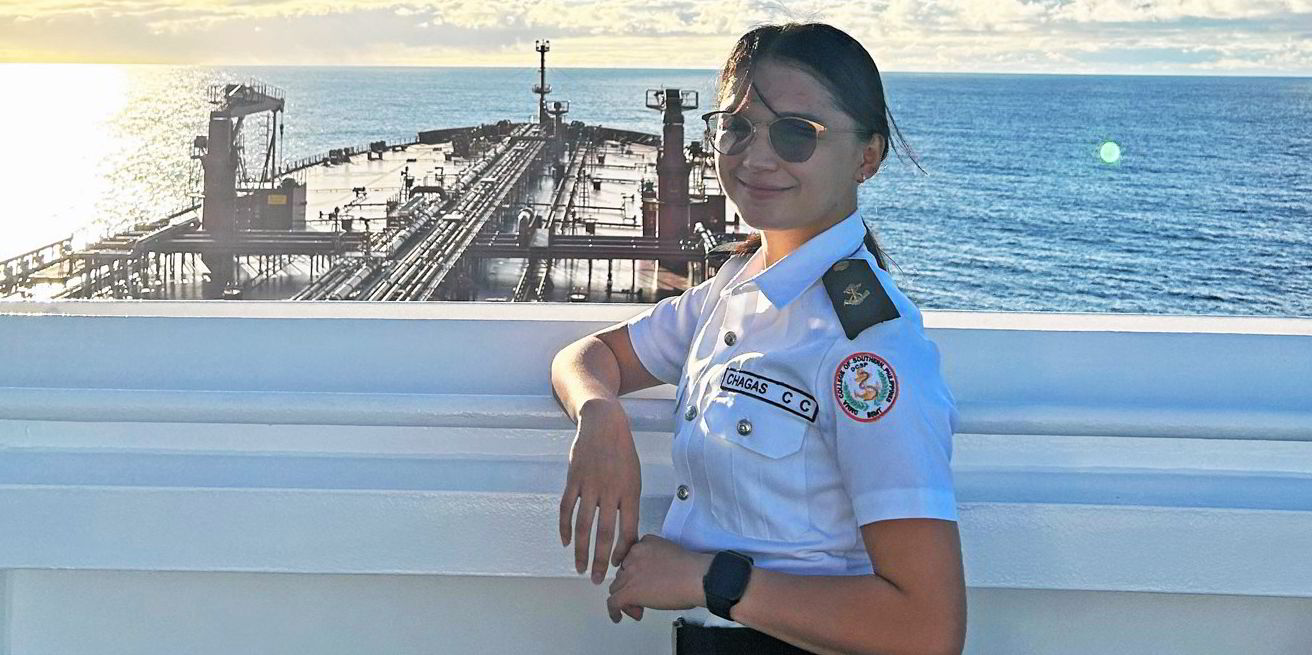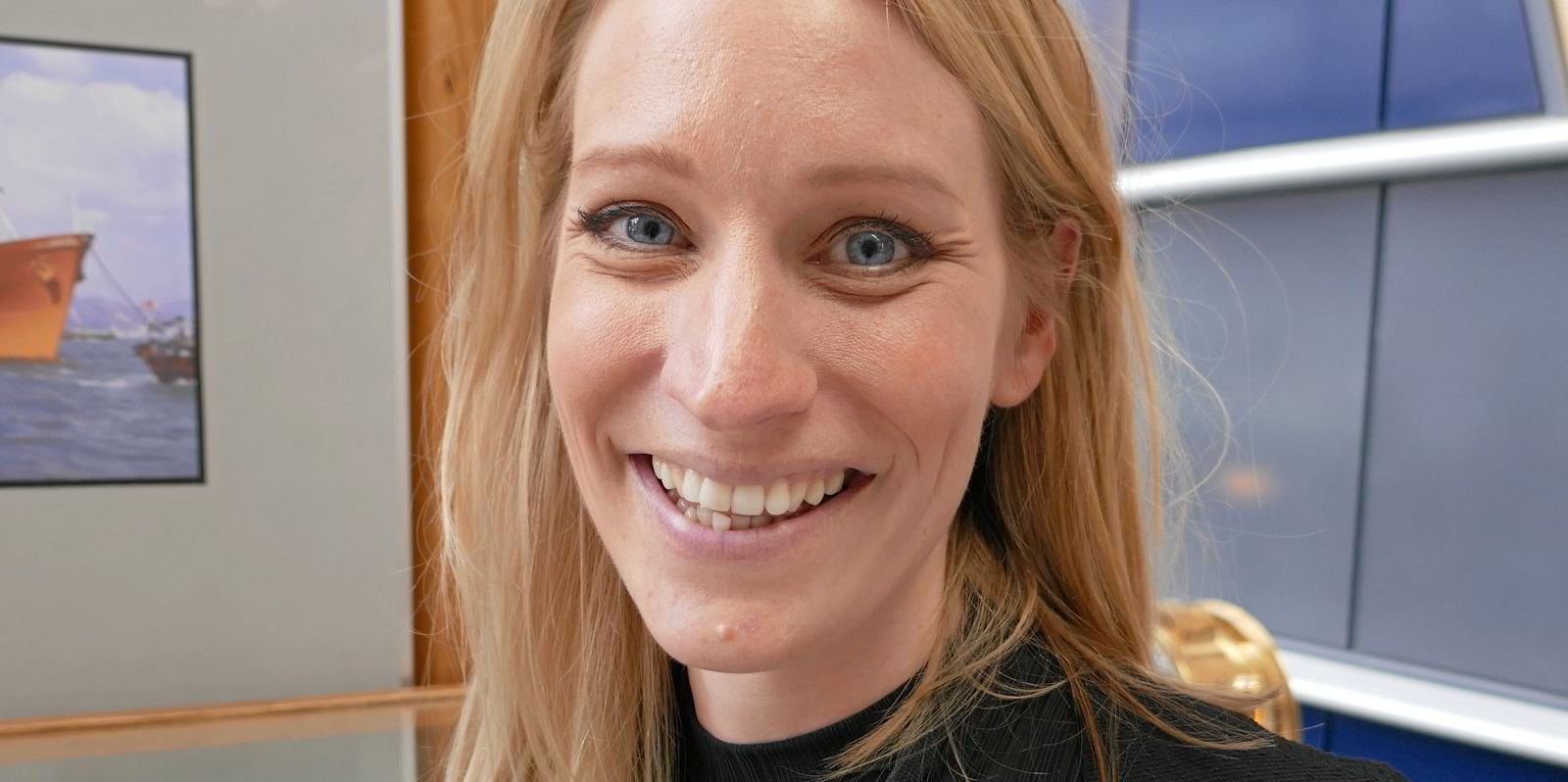Filipina cadet Chezil Chagas had a clear plan as she prepared to face the male-dominated environment on board ship for the first time.
To stay safe and retain the respect of her peers, she set the following rules: no drinking alcohol and no wearing shorts when going out of her cabin, to avoid showing her skin.
“You’re in a place where there’s a lot of predators and you’re the only prey,” she explained. “I didn’t want them to think they could easily disrespect me because of what I wear or speak or do.”
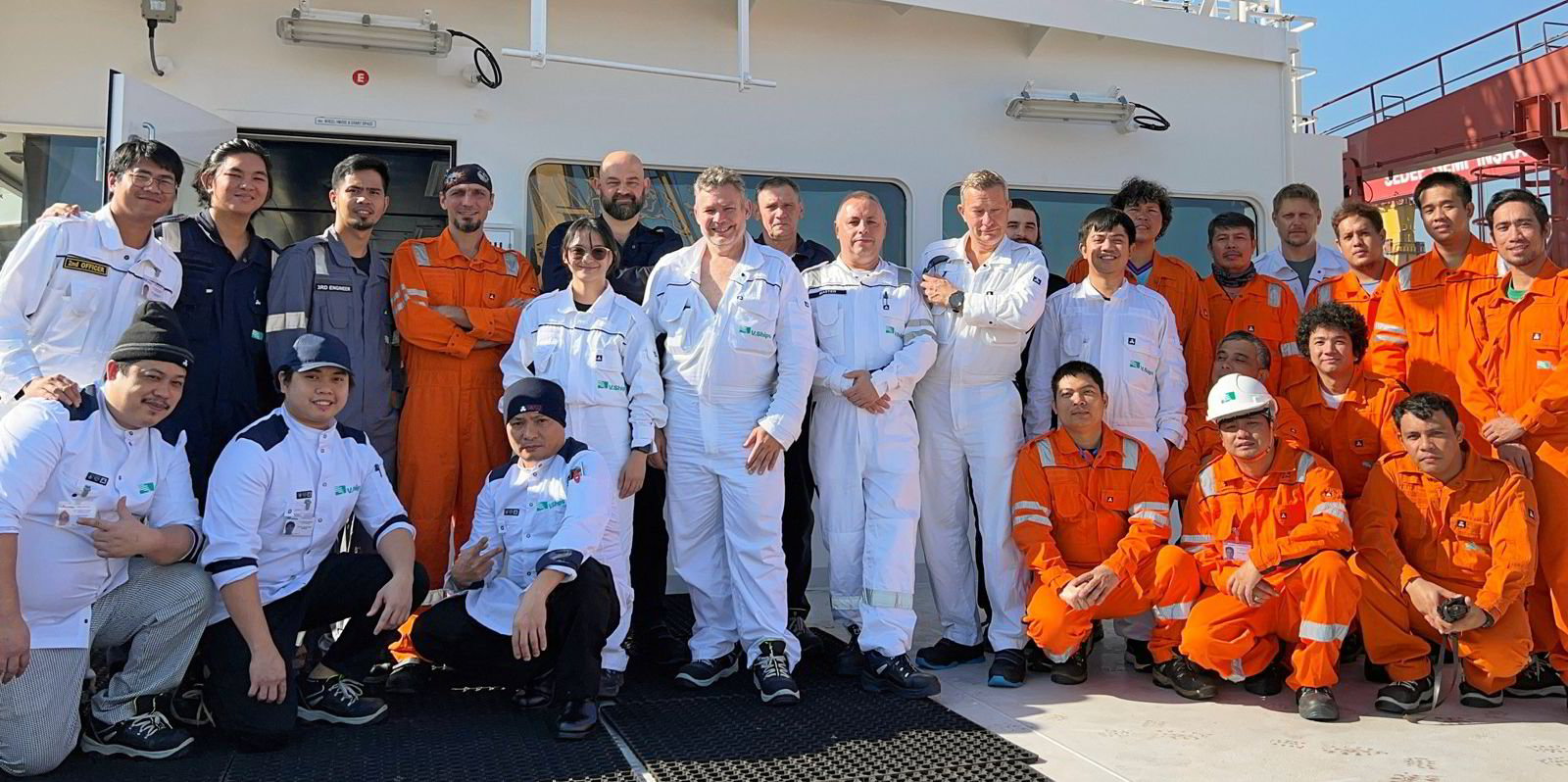
Chagas shared her experience with TradeWinds after being deployed as the only woman on board a V Group tanker in Norway.
Despite her initial fears, Chagas believes she was treated as an equal by her male colleagues.
Inevitably, her situation also affected her emotional and mental well-being. While she kept a stable mindset throughout her time on board, it did not keep her from feeling homesick. But she refused to let this hinder her from her long-term goal.
“I can bravely say that I didn’t cry while on board. I just prayed and think that this is my goal, this is what I need to do, so I have to be strong. I only have myself, so I have to be strong and I have my family waiting for me, so I have to be strong and believe in myself,” she said.
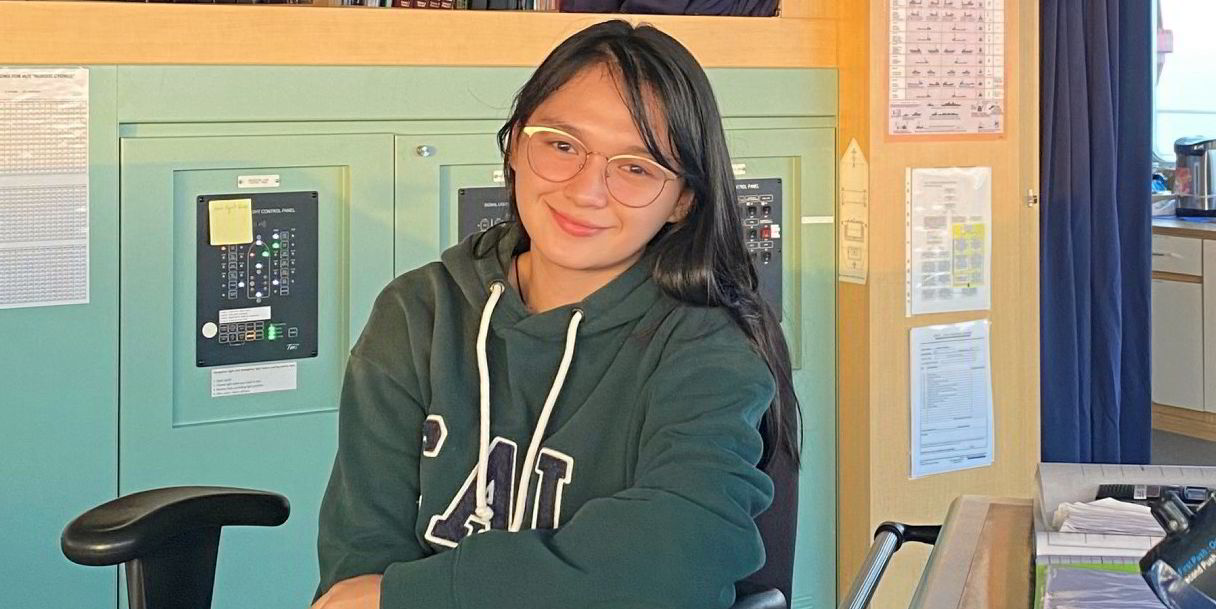
Chagas is among the next generation for whom opportunities are opening up, according to Gulshan Kaur, V Group’s commercial director in the Middle East, who has been in shipping for 18 years.
Of 44,000 seafarers in its global network, the ship manager employs more than 1,000 female seafarers, and women make up more than half of the crew on some tankers.
“In today’s market, we see more women rising up to take on leadership positions, possessing the technical skills and background to run a team,” Kaur said.
The issue is not whether companies are open to having a woman on board, but how they are treated and integrated into the team, she added.
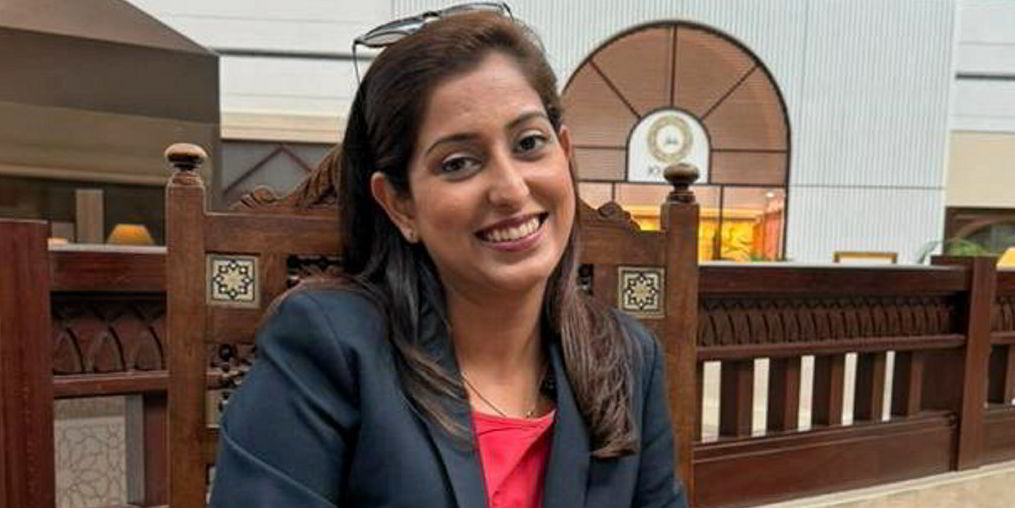
“It’s very nice to see the industry appreciate women and support them in their growth,” Kaur said. “I think we’ve got a lot of opportunities in today’s world where our peers [in the past] did not. Or maybe they opened the door and the path for us to rise in the industry.”
One of V Group’s measures to ensure equality in hiring seafarers includes the non-disclosure of gender of their crew members during the recruitment process; hiring is based solely on merit.
And there have been no difficulties finding placements for female seafarers. “The demand and supply at the moment is still lower on the supply side, so we have not reached that equilibrium,” Kaur explained.
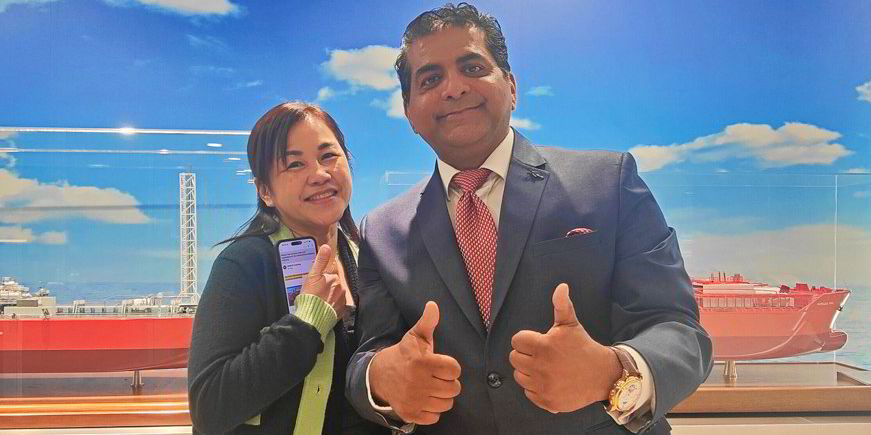
Suzan Tee, commercial associate for V Ships Asia, said companies need to provide the right environment and support for women and recognise that they are part of the shipping team if they are to close the industry’s gender imbalance further.
Happy moments
Looking back, Chagas said her “team” moment came when she was able to experience a dry-docking one month into her stint, along with single-buoy mooring and ship-to-ship operations. During an 18-hour STS operation, she was entrusted by her captain with tasks such as reading the wind and checking the position of the vessel.
As for fun, she highlighted her shore leave in Istanbul, and the experience of sailing from Europe to the US.
“There are really happy moments in being a seafarer that I really love and I want to share with others, especially my juniors,” she said. “I always tell them that if you go on board, it’s really hard for you, especially in our age, but there’s always happy moments when you’re there, so go for it and focus on your goal.”
Chagas concluded: “I want to break the gender norm. I don’t want others to think that what men can do, women cannot. I believe that women seafarers can bring more and help make a good environment in the vessel, that’s number one.”
